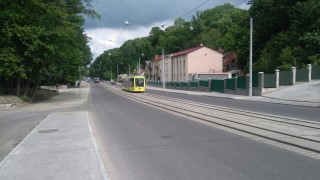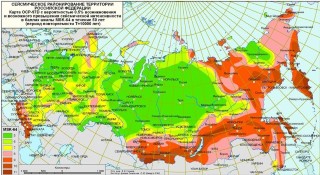Flooding prevention of Manila
Manila, capital of the Philippines, has around 1,8 Mio inhabitants and is situated in the agglomeration “Metro Manila” with a total of 12,9 Mio citizens. The immense population pressure since the middle of the 20th century caused an uncontrolled expansion of the city Manila and the surrounding conurbation.
The planning and construction of the installations of sewage discharge and treatment systems as well as storm water distribution could not keep up with this growth. Thus, drainage systems yes do exist, but do not meet in any way to the objectives of integral urban drainage systems. Especially the inadequate hydraulic dimensioning of the distribution pipelines, which are mostly done in the diameter of DN/ID 900 mm, regularly lead to overload flooding in a lot of districts of Manila.
 Picture 1: People trying to escape the enormous amounts of sewage waters
Picture 1: People trying to escape the enormous amounts of sewage waters
The hydraulic failure of the systems is even intensified by the need of relining and repair, wrongly constructed manholes, false installation of the pipelines as well as root infiltration and blockings. On basis of the applied regulations of the German association for water management, waste water and waste (Deutsche Vereinigung für Wasserwirtschaft, Abwasser und Abfall e. V. (DWA)) and DIN norms possibilities for a safe discharge of waste water as well as the protection against flooding shall be presented.The current situation in Manila is difficult: Due to the demographic development of the last decades in the agglomeration of „Metro Manila“ and the city of Manila, the populated areas have multiplied. This expansion of populated areas happened without a sustainable planning of a secure waste water discharge and storm water distribution system. Thus, consequently, the protection of humans and goods against flooding in the residential areas and a proper discharge of waste water were not ensured. The sewage system based on a sewage and storm mixed system was extended with the growing settlement but without adapting the existing system to the hydraulic additional load. Natural discharge ways and retention areas were overbuilt without creating sufficient countervailing measures. The still existing open water channels were often limited and restricted by dense constructions. Bridges without sufficient freeboard, encroaching buildings of all kinds as well as deposit of rubbish is existent, which reduces the drainage system width considerably.
 Picture 1: Site after installation
Picture 1: Site after installation
 Picture 1: Seismic regionalization of Russian Federation
Picture 1: Seismic regionalization of Russian Federation
